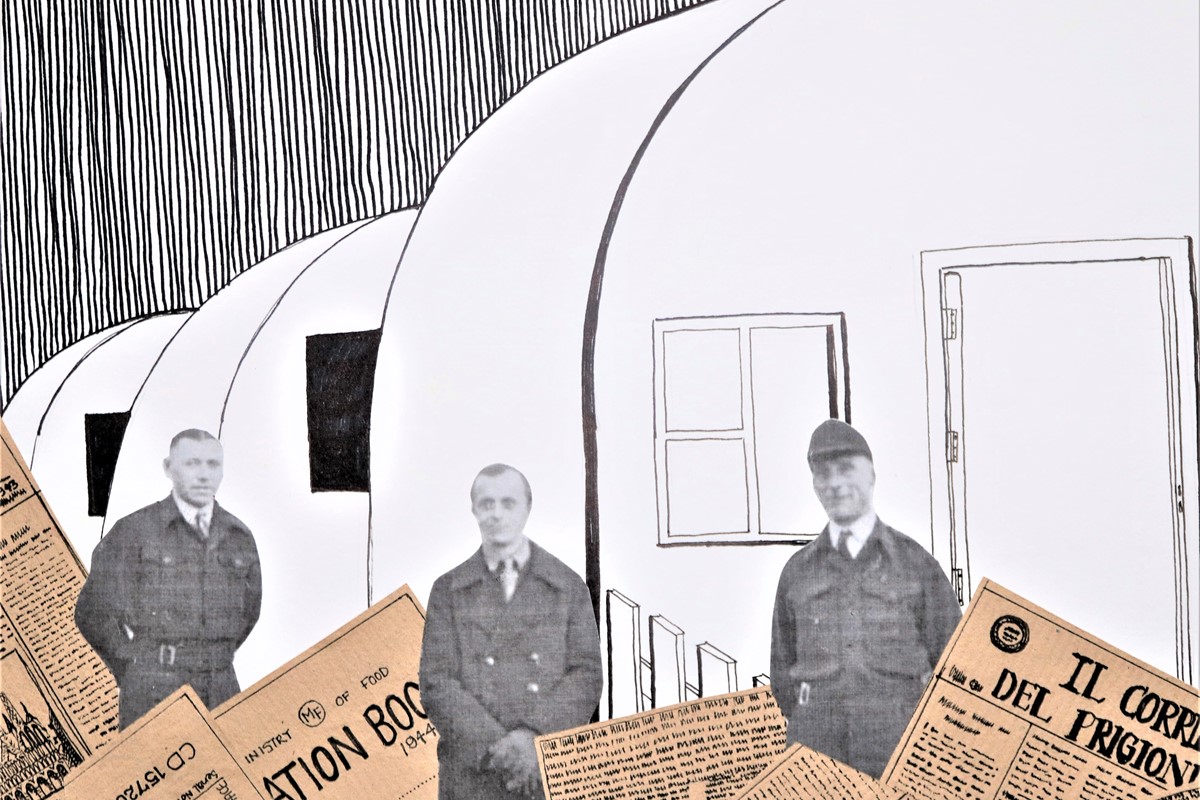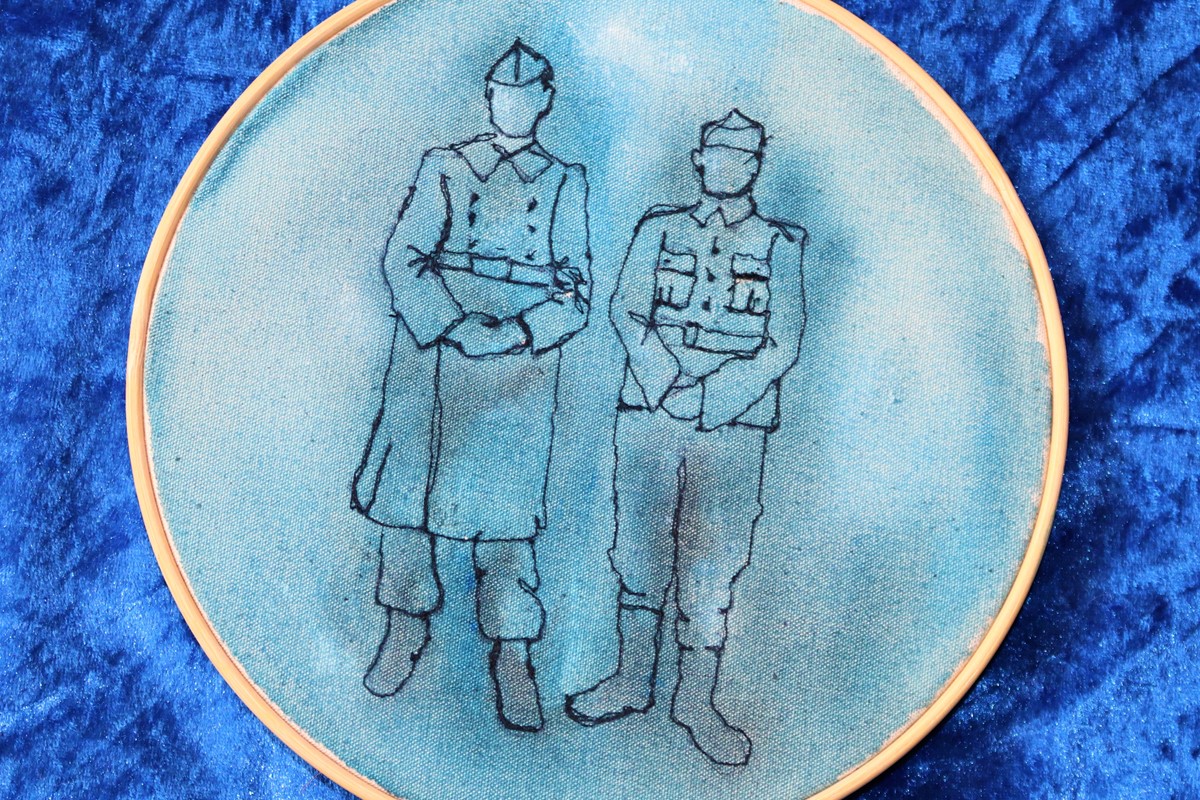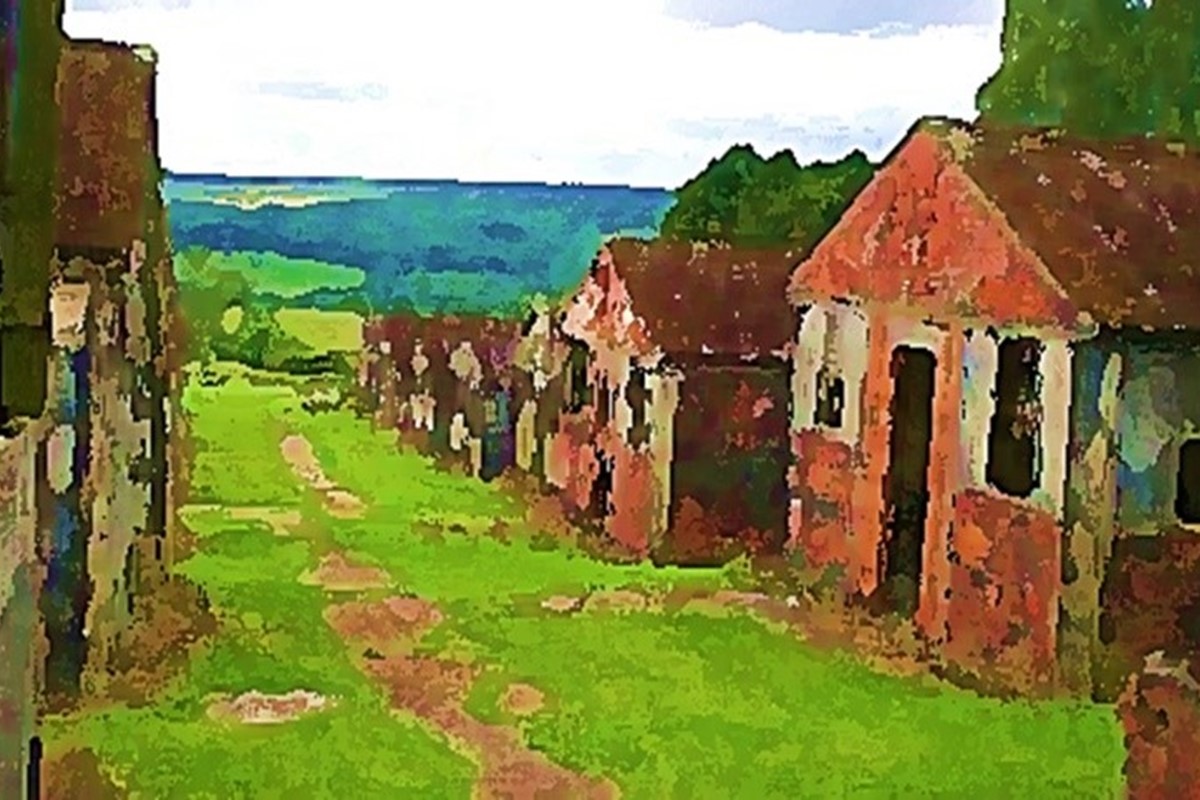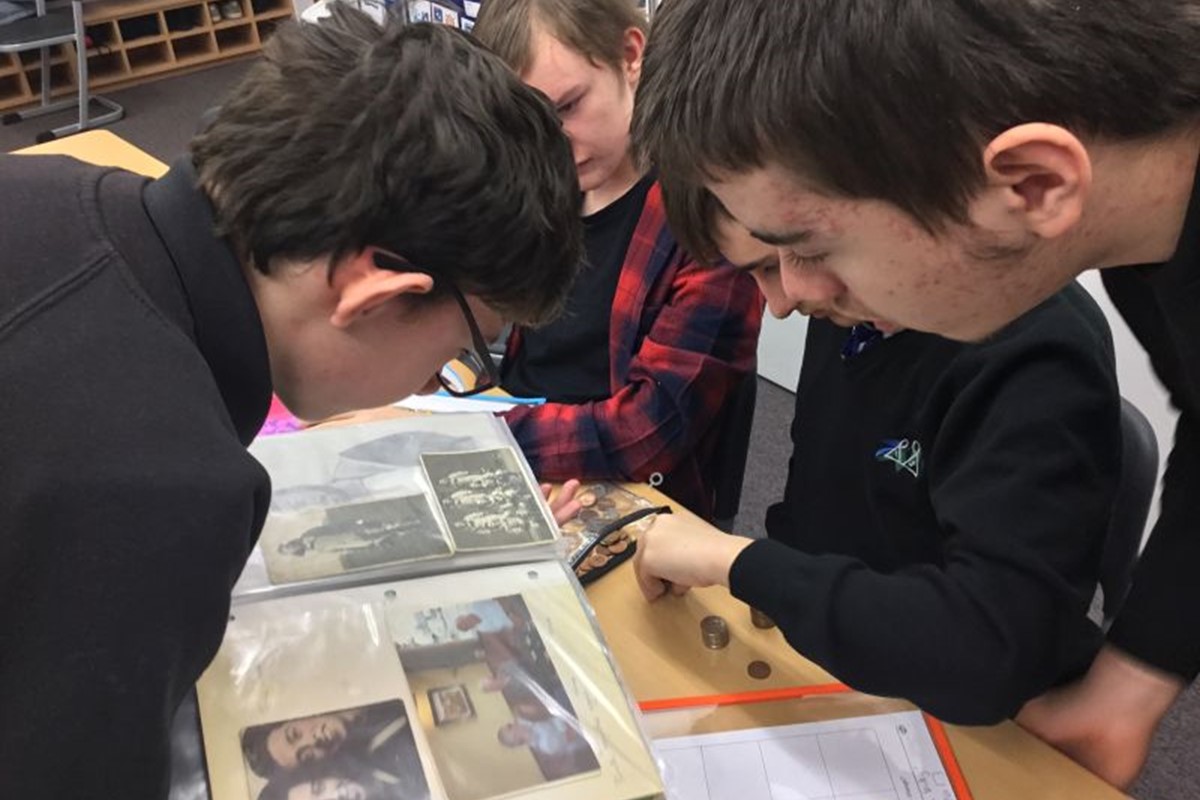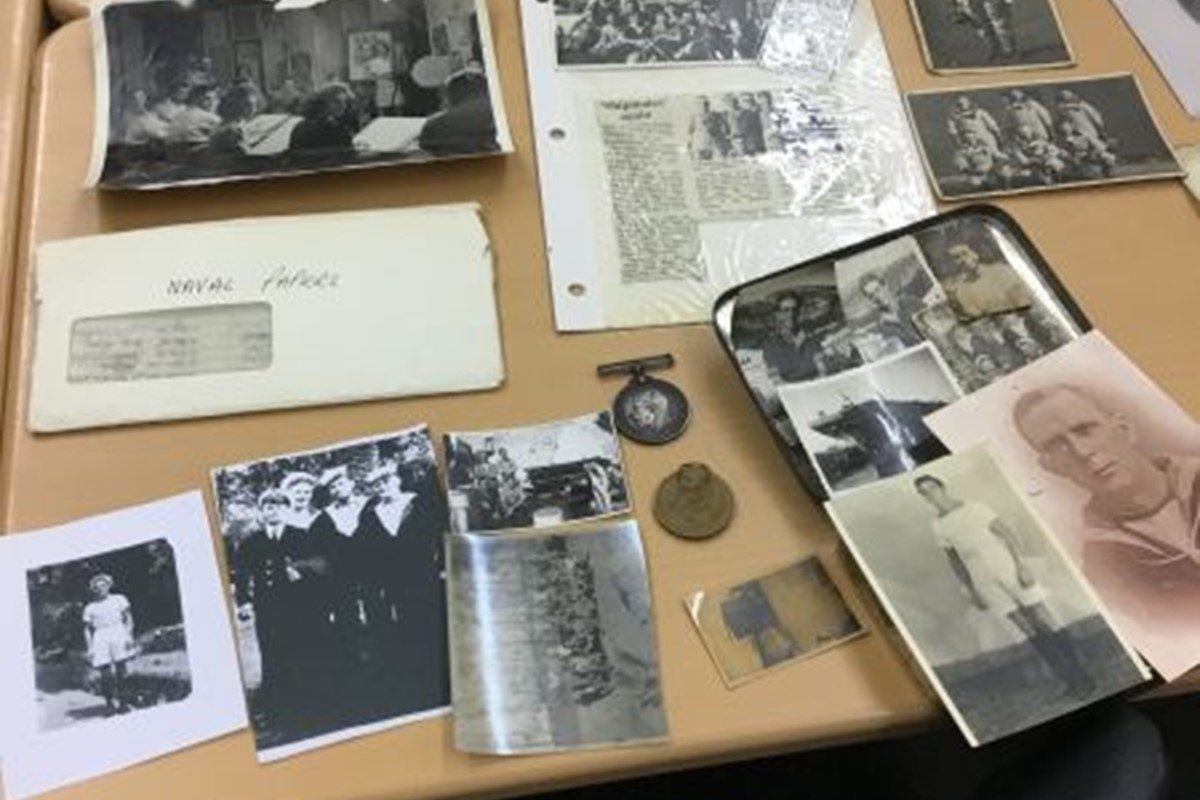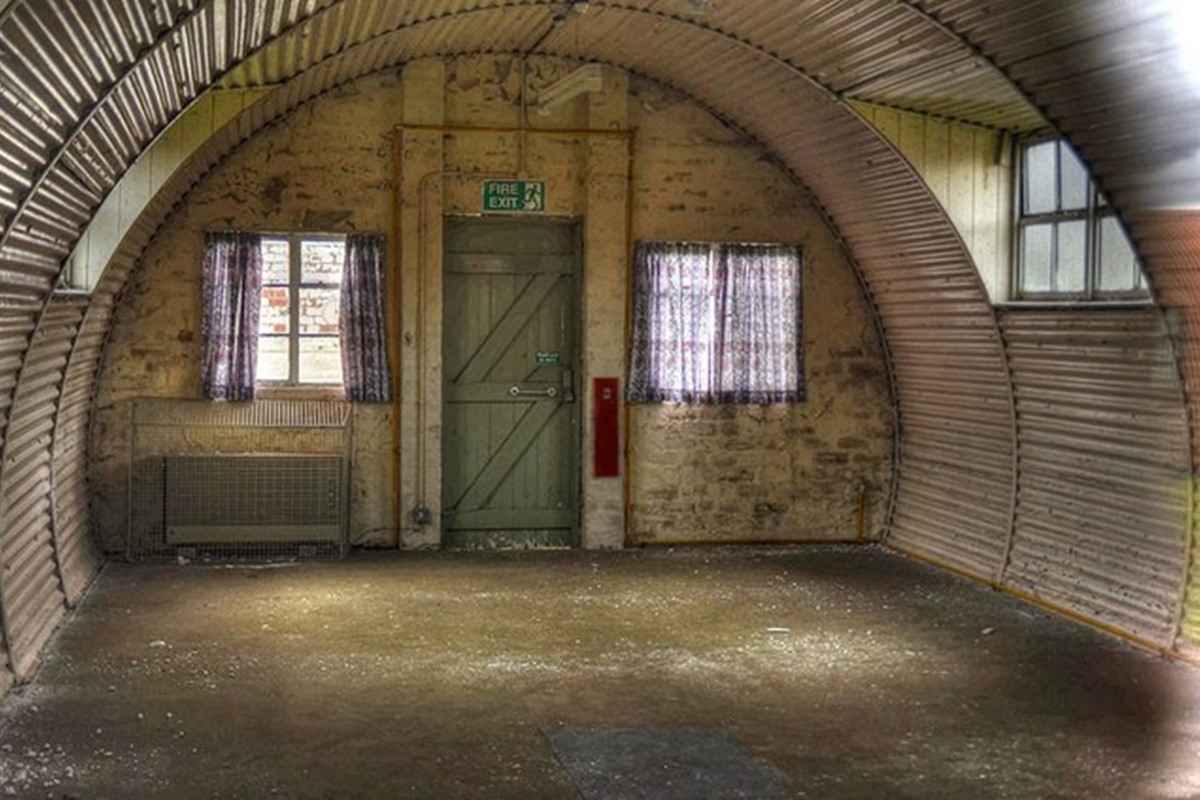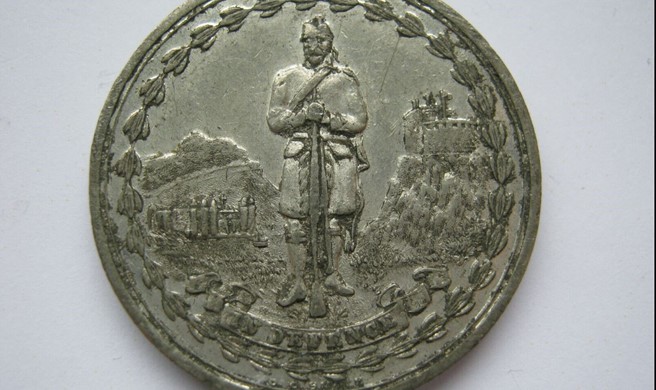WWII POW Camps in Britain: An Overview
A prisoner of war camp, often referred to as a ‘POW’ camp, is defined as a ‘site of containment of enemy combatants by a belligerent power in time of war.’ The world’s first purpose-built prisoner of war camps were built in Britain in 1797, during the Napoleonic wars. There were a number of such camps in Scotland, including at Penicuik. Prisoner of war camps have been built and created from requisitioned sites and buildings in Britain during every conflict since that time, up to and including WWII, when they were built across the whole of the United Kingdom.
The 1929 Geneva Convention underpinned the ideal scenario for the provision and the running of such camps during WWII. Officially entitled ‘Convention Relating to the Treatment of Prisoners of War (1929)’, the document was created as a response to warfare protocol failings during WWI that had been set out in the Hague Regulations of 1899 and 1907 by what are now named the International Committee of the Red Cross and the Red Crescent.
This third Geneva Convention required that belligerents treat prisoners of war humanely, furnish information about them, and permit official visits to prison camps by representatives of neutral states. It also set out a number of prisoners’ rights to proper food, clothing and sanitation, to religious observance, and to intellectual and sporting stimulation within the camps. Also, it secured the right to have a commanding officer in charge of the camp, and to be without fear of reprisals when captured after an escape. POWs had the right to be put in camps with other prisoners of similar political views. It must be noted that the Convention was not a legal document but a moral code to be followed as captors chose.
It appears that WWII POW camps located in the UK , with some exceptions, did a comparatively good job of keeping to the Geneva Convention of 1929. However, there were outbreaks of medical epidemics in some camps that resulted in the deaths of POWs. There were also a few murders of prisoners by other prisoners, including the ‘trial’ and subsequent hanging carried out in Cultybraggan camp in Comrie in Scotland. This was one of the ‘black’ camps reserved for committed members of the Nazi Party. Inmates there killed a fellow prisoner who they regarded as not sharing their Nazi views. There were also debates as to whether using POWs as workers was morally correct. On the other hand, there are accounts of prisoners enjoying some of the camps so much they did not want to leave and, more generally, of them participating in activities within the camps and making improvements to camp life, which will be explored further on. The Red Cross also carried out inspections of the camps. The government emphasised strongly to inmates, guards and the local population, that they must not talk about the camps and many of them kept to this rule of silence throughout their lives. This, and the fact that access to the few surviving official records of POW camps is difficult, few people actually know what happened in the camps and they and the inhabitants have largely been forgotten.
Initially, the British government had no desire to keep prisoners of war and, as a result, they were sent to the USA and Canada in the early part of the war. As the number of prisoners increased, beginning around 1942, they were brought to Britain; their first place of detainment being what is known as the ‘London Cage’. They were then moved to tented camps and requisitioned buildings, and in later years to purpose built camps. Hostels were also used when prisoners started working on farms and in industry and building work. There were more than 400,000 POWs in Britain during WWII. They were mainly Italians and Germans but there were also some 8000 Ukrainian prisoners and a few people of other nationalities, including Czechs and Austrians who had been pressed into service by the Nazis. The Italians were the first to arrive, with many being replaced in the camps by Germans in 1943 when a great deal of the Italians became co-belligerents, and many returned home to Italy. German prisoners were sent to selected POW camps based on their classification as white, grey or black belligerents. This took account of the prisoners’ political views, with black belligerents being considered the most dangerous.
The number and location of all the holding facilities and POW camps in the UK has not been fully established, partly due to many of them frequently being renumbered and reclassified throughout the war and to the general necessity for secrecy which surrounded their locations. Temporary and transit camps were not listed in official military records. An added complication to wartime research is that many of the POW camps were destroyed just after the war, with a few very notable exceptions, including Cultybraggan Camp in Perthshire, which is now a museum and a place of business, and the Eden Camp Museum in Malton, Yorkshire. Many people today will be living on or near the site of a former POW holding facility or camp and have no idea what was going on there some 75 or more years ago. And without knowing, they may live near farm buildings formed from Nissan huts or Jane huts that originally came from a local POW camp. Recent research of military records has uncovered the names and locations of around 400 POW camps in the UK, including about 52 in Scotland.
The POW camps were usually built away from possible invasion sites, military headquarters and airfields for obvious security reasons. One German escapee did manage to make it to an airfield, where he planned to escape by flying out a plane; the trouble with his audacious plan was, that despite having worked in an airfield, he did not know how to fly a plane. Needless to say, he did not get very far. The POW camps were often located near areas of arable farming, which provided work for the majority of the prisoners; others worked in factories or the building industry. The camp locations were ultimately dependent on practicalities such as water, drainage, electricity and accessibility. The main type of construction was the Nissan hut (which can be seen at the aforementioned Cultybraggan camp), with lighter wooden constructions, which could be easily disassembled and relocated, being built after 1943. Huts could usually house up to 80 men. Heating came from wood burning stoves and prisoners were issued with blankets. In the ‘black’ camp at Watten, in Caithness, the number of blankets was increased from 2 to 3 due to harsh winter conditions in that area. Some of the buildings, such as latrines and ablution units, were often built from concrete blocks. There would also be hospital wings and kitchens, which were often manned by the prisoners.
The POW camps usually provided entertainment and education for the prisoners. There were often camp orchestras and theatre groups which frequently performed to fellow prisoners and to local public audiences. There also prisoner football teams, which would sometimes play against local teams outwith the camp, and allotment sites where the men could grow food to supplement their rations. The prisoners were often active in making these entertainments and pastimes a reality. In the camp at Watten, prisoners made requests for makeup and sheet music for theatre and musical productions. Prisoners often made their own entertainment by knitting or carving objects, which were sometimes sold or traded to the locals. Educational programmes were varied and often enthusiastically attended. Re-education programmes also existed for German prisoners who had grown up knowing nothing but the Nazi regime.
The large part of the Italians, as has been mentioned, went home after becoming co-belligerents in 1943, though some stayed in Britain. The reaction by the local population to them was coloured sometimes by notions (real or imagined) that they were leading local young ladies astray. There is at least one newspaper article to that effect. There were also fights between Italian and German soldiers and members of the local populations, on occasion. These would sometimes have been sparked by emotions running high during wartime. Equally, there are many stories of soldiers being taken into farmers’ homes and of them befriending and sometimes (after fraternisation was legally allowed) marrying into the local population. Some German soldiers kept in touch with the farming families and some even came back and worked again on those same farms after the war.
After WWII, many of the POW camps in the UK were used for the repatriation of Polish soldiers who wished to stay in the UK, or by ‘squatters’ responding to the severe post war housing crisis. It is thought that a substantial number of Scottish POW camps were used for these purposes.
Polish soldiers, who had often worked as guards in the camps, were sometimes also treated with suspicion (people sometimes felt that they were taking local jobs after the war), though there are many instances of Poles marrying local girls and settling well into their adopted communities. Likewise, a number of former prisoners decided to stay in Britain after the war, for a variety of reasons including marriage and unwillingness or difficulty returning to areas of Germany that were now under Soviet control. Repatriation of German soldiers was still being undertaken two or three years after the war had ended. Polish soldiers who had fought alongside the Allies and were stationed in the UK (at the height there were 75,000 Polish soldiers stationed in Scotland) were often very reluctant to return to a Poland under Soviet influence. Those who wished to stay joined the Polish Resettlement Corps (PRC) and were housed in POW camps to learn English and work skills and to try to secure work. After two years they were recognised as civilians.
Along with former military camps, POW camps were also used extensively after the war as temporary accommodation by people who were classified as squatters; they sometimes competed for accommodation with the Polish Resettlement Corps, which could lead to heated arguments.
On the 8th of May 1946, a cinema projectionist and his wife and four children moved into the officers’ mess of a former anti-aircraft gun site near Scunthorpe; newsreels reported this and soon a people’s movement of civil disobedience began. An overall feeling of the need for fairness and a lessening of deference in the UK population have also been cited as factors in the growth of this movement. This was during the worst housing crisis that the country had ever seen - due to the unprecedented amount of wartime bombing and a severe decrease in the number of houses being built during the war. Prefabricated houses, built in response to the shortage by Clement Attlee’s government, often took a long time to build, particularly in areas that had suffered bomb damage. People without houses were often returning servicemen and their families. Attlee’s government did not make moves to remove people from these former military and POW camp accommodations (possibly even seeing it as a welcome relief from some of the problem) and councils eventually intervened to check on sanitation and to charge rents. These temporary homes were used up until the late 1950s and gave a roof to around 450,000 people. Yet, few people know about this post-war housing movement, and those who talk about it are often met with disbelief when they say that they once lived in a former POW camp. Most WWII POW camps were finally demolished by the late 1950s.


